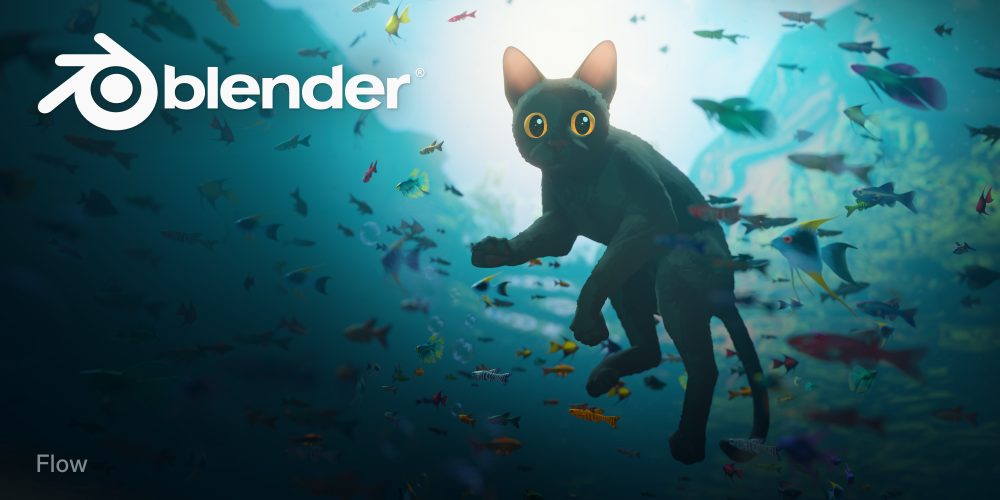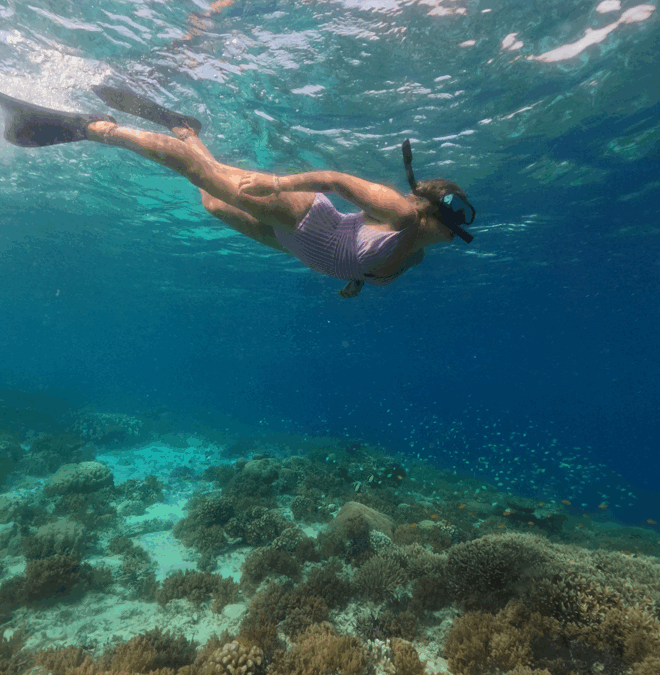Rīga Municipality has announced plans to install three additional sculptures inspired by Flow, the first Latvian film ever to win both an Oscar and a Golden Globe. The 3D animated feature, directed by Latvian filmmaker Gints Zilbalodis, has captivated audiences worldwide with its visually stunning and emotionally resonant storytelling. Now, its beloved animal characters are taking up permanent residence in various corners of the Latvian capital.

Credit: Wikimedia Commons
The new installations will feature figures of the film’s main characters—the Dog, the Capybara, and the Lemur. These whimsical additions will join the already popular Cat sculpture, which was temporarily displayed in Rātslaukums (Town Hall Square) and has since become a favorite photo spot for locals and tourists alike.
If you’re enjoying reading about TV and Film – try this story on non-linear storytelling in Television.
The Dog will soon be perched atop the iconic “RĪGA” letters in Rātslaukums, while the Capybara is set to find a peaceful home in Uzvaras Park. The Lemur, with its curious expression and gentle presence, will be located in the green expanse of Mežaparks. Meanwhile, the Cat will return to Brīvības Laukums (Freedom Square), having temporarily delighted passersby in the historic city center.
The sculptures are a collaborative effort between the municipality and the film’s director. Zilbalodis provided the original graphic designs for the Cat, which were then adapted into 3D form by sculptor Kristaps Andersons. The resulting figure quickly captured public affection, becoming a symbolic tribute to the film’s success and a source of pride for the city.
Since Flow’s Oscar win in March this year, fans have been leaving small bouquets of flowers at the base of the Cat sculpture, echoing the quiet poignancy of the film itself. The installation has become more than just a tourist attraction – it’s a place of reflection and celebration.
Flow tells the story of a solitary Cat who is forced to flee his home during a massive flood. Taking refuge in a small boat, he is reluctantly joined by other animals – a Dog, a Capybara, a Lemur, and a Bird. Together, they must navigate a world abandoned by humans and learn to survive, not just individually, but together. The animals communicate not through dialogue, but through movement, behavior, and silence.
Zilbalodis made the conscious decision to omit spoken words entirely, allowing the animals to remain just that – animals. This lack of anthropomorphism invites viewers to interpret the story on multiple levels, and has led many to view the film as a powerful allegory for climate change, displacement, and emotional resilience.

Credit: Wikimedia Commons
In an interview with Dazed, Zilbalodis shared that Flow was inspired in part by his own anxiety. “I try to live with it,” he said. “The film shows that you can’t just overcome your fears and find that your life is perfect. Even though we have climate change motifs, it could be about any kind of catastrophe, whether it’s war or something more personal like starting a new life.”
He continued: “The cat is constantly climbing up things to escape its world. Maybe the cat escapes bad things, but it also escapes good things. It becomes detached from reality. The cat has to climb back down to face those fears and leave its comfort zone.”
Since its world premiere at the Cannes Film Festival in 2023, Flow has won over 70 awards, including the prestigious LUX Audience Award, the European Film Academy Award, and five National Film Awards “Lielais Kristaps.”
With the new sculptures arriving in key locations across the city, Rīga is not only honoring a cinematic triumph but also inviting residents to connect with the film’s themes of growth, cooperation, and courage. For fans young and old, these characters serve as a quiet reminder that even in uncertain times, we can find companionship, hope, and strength in unexpected places.



